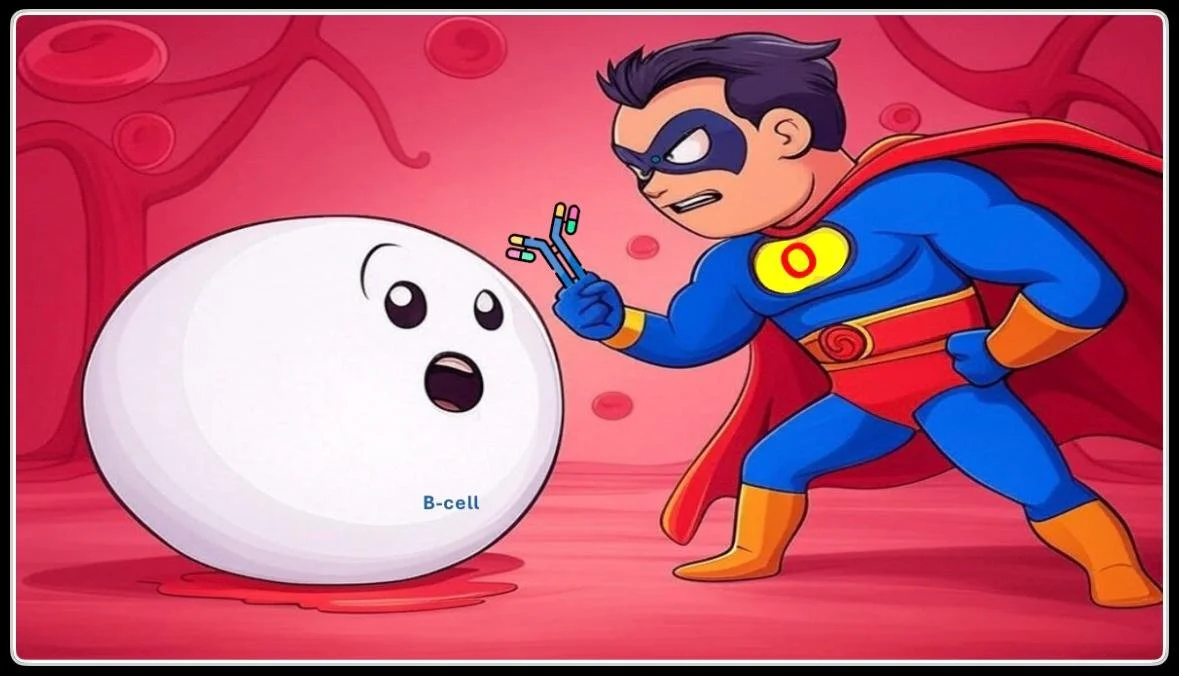Suzanne Norby is a nephrologist and fellowship program director at the Mayo Clinic and recently joined the NephJC advisory board. She wrote the first of our eight (fingers crossed) chapter summaries of Atul Gawande's Being Mortal.
Chapter one The Independent Self
In the first chapter of his book, Being Mortal – Medicine and What Matters in the End, Atul Gawande begins by introducing the reader to the dissimilar aging experiences of his grandmother-in-law, Alice Hobson, in Alexandria, VA and his own grandfather, Sitawan Gawande, in India. He then explores several historical and cultural influences affecting how societies view elders and aging.
When Gawande first met his future grandmother-in-law, Alice was a vibrant 73-year-old widow living an active and independent life: residing in her own home, driving her own car, and even regularly going to the gym with a friend. In contrast, his own grandfather was hard of hearing, walked with a cane, and lived in the home of one of his sons in India. He not only had assistance with activities of daily living but also occupied a place of honor. One fateful day, at age 109, he was traveling with a family member on a bus to take care of some of his own business at a courthouse. He fell and hit his head, likely suffering a subdural hemorrhage. Several days later, he died at home, surrounded by family, as he would have wanted.
Next, Gawande explains that relationship between older and younger generations has evolved in multiple ways. First, the exclusive position once held by elders has eroded. Throughout most of history, life expectancy was considerably shorter than it is now. Those who lived to an advanced age were respected, even revered, for their wisdom, perspective, and knowledge of tradition. Now, living to advanced age is commonplace. Contemporary means of communication have largely eliminated the need for oral transmission of precious information to the next generation. Moreover, older people are less likely to embrace the most modern technology, and members of younger generations have become the experts in knowledge transmission, reducing the relative importance of elders.
In addition, older people no longer remain as heads of households, providing a basis for family stability until their death. Children follow their own paths, move out of the family home, secure their own property, and become economically independent. They don’t depend on inheriting parents’ money and property to sustain their own families. At the same time, this phenomenon also has brought financial freedom to aging parents, along with the concept of enjoying retirement. Gawande notes that “intimacy at a distance” occurs when elderly people have financial means of their own and can choose not to live with their children after they are no longer working. The percentage of elderly people living alone is increasing not only in the U.S. but also in countries in which it had been previously regarded as “shameful” when an elderly parent is left to live alone. In fact, he points out that it has become “acceptable and feasible” for elderly people, such as his grandmother-in-law Alice, to live autonomously. Generational power differences have shifted, allowing both parents and children to have more freedom and control. Rather than valuing elders or even the younger generations, society’s ideal has become the “independent self.”
“Alice’s unsteadiness is not something that can be fixed”
The problem with the independent self, Gawande explains, is that inexorably, the realities of life eventually render independence impossible. He poses the question, “If independence is what we live for, what do we do when it can no longer be sustained?” He then returns to the story of Alice, now 84 years old, exhibiting memory impairment while on a family vacation and sustaining multiple falls in her home. Her son takes her to the doctor, who diagnoses osteoporosis and changes her medications. Ultimately, though, Alice’s unsteadiness is not something that can be fixed: she would not be able to remain independent as she continued to decline. Her doctor, however, “had no answers or direction or guidance” and couldn’t describe what to expect going forward. With that statement, Gawande foreshadows the message of the next several chapters of his book.





